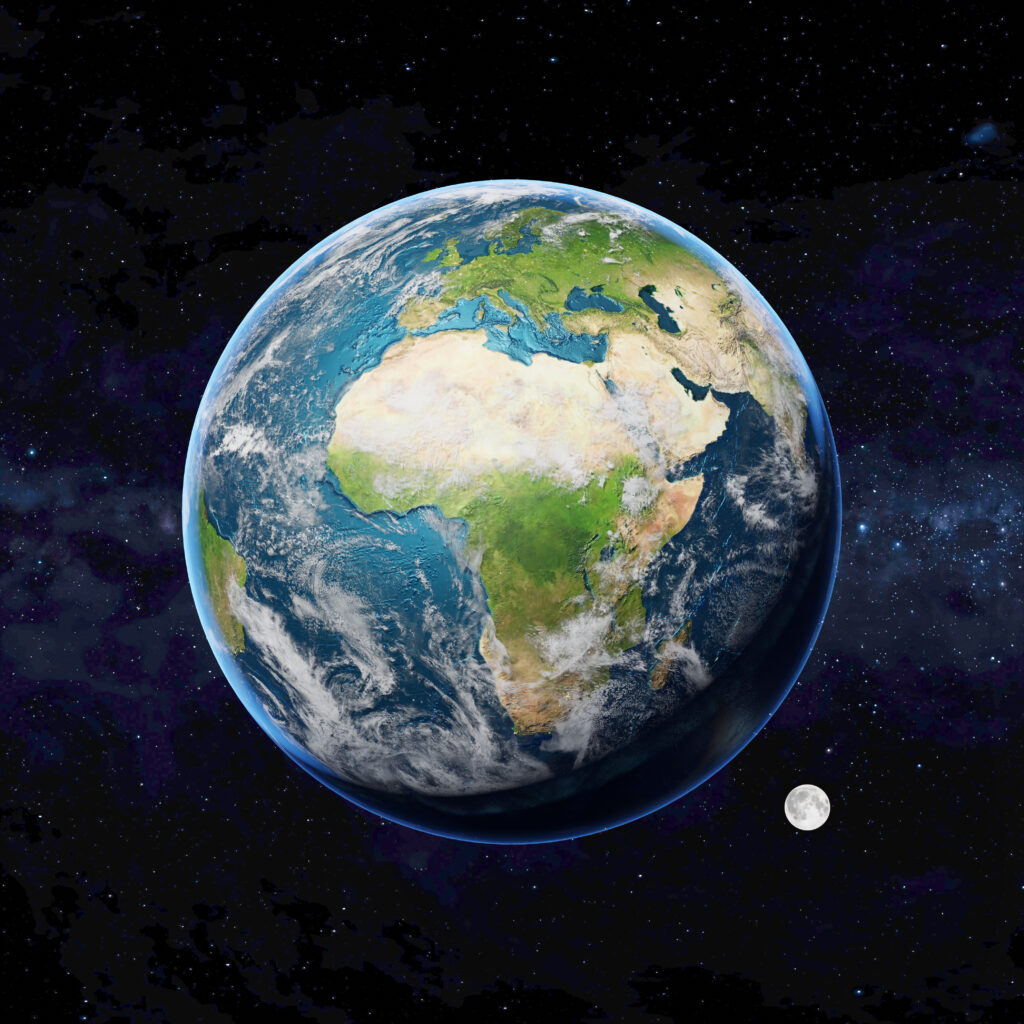Introduction: In the vast expanse of the cosmos, Earth and space science serves as the key to unravelling the mysteries of our universe. From the depths of our planet’s oceans to the farthest reaches of outer space, this field of study encompasses many fascinating topics that captivate the imagination of scientists and enthusiasts alike. In this blog post, we will delve into the realm of Earth and space science, exploring its significance, diverse topics and dispelling common misconceptions.
What is Earth and Space Science?
Earth and space science is a branch of scientific inquiry that investigates the processes and phenomena occurring on Earth as well as those beyond its atmosphere. This interdisciplinary field draws upon principles from physics, chemistry, biology and geology to study the interconnected systems that shape our planet and the celestial bodies that populate the cosmos.
Why are Earth and Space Important?
Understanding Earth and space is crucial for gaining insights into the fundamental forces and processes that govern our existence. From the perspective of Earth, studying the environment, climate and geological formations helps us comprehend the intricate balance that sustains life on our planet. Meanwhile, exploring space provides a glimpse into the vastness of the cosmos, fostering our curiosity and expanding the boundaries of human knowledge.

What are Earth-Space Science Topics?
The scope of Earth and space science is vast and diverse, covering a wide range of topics that cater to different scientific interests. Some prominent themes include:
- Geology: Unravelling the Earth’s geological history, studying rocks, minerals, and the processes that shape the planet’s crust.
- Meteorology: Investigating the atmosphere, weather patterns, and climatic phenomena to understand and predict atmospheric conditions.
- Astronomy: Exploring celestial bodies, galaxies, and the broader cosmos to comprehend the origins and evolution of the universe.
- Oceanography: Delving into the mysteries of the world’s oceans, studying marine life, currents, and the impact of human activities on aquatic ecosystems.
What are the 4 Types of Earth and Space Science?
Earth and space science can be broadly categorized into four main types:
- Geosciences: Encompassing geology, meteorology, oceanography, and environmental science, this type focuses on the Earth’s structure, atmosphere, oceans, and interactions with human activities.
- Astronomy: Centered on the study of celestial bodies, astronomy explores the vastness of space, including stars, planets, galaxies, and the broader universe.
- Planetary Science: Examining planets, moons, and other objects within our solar system to understand their composition, formation, and evolution.
- Environmental Science: Investigating the impact of human activities on the environment, biodiversity, and ecosystems, with a focus on sustainability and conservation.
Can I Study Earth and Space Science Without Math?
While mathematics is an integral part of many scientific disciplines, it is possible to study Earth and space science without an extensive background in math. Basic mathematical concepts are often sufficient for introductory courses and many programs offer options for those not as comfortable with advanced mathematical applications. However, a willingness to learn and apply mathematical principles can enhance one’s understanding and appreciation of Earth and space science.

Does NASA Study Earth?
Yes, NASA, the National Aeronautics and Space Administration, is actively involved in studying Earth. Although NASA is renowned for its space exploration missions, it also conducts extensive research on our home planet. Satellites and spacecraft are employed to monitor Earth’s climate, weather patterns, and environmental changes. NASA’s Earth Science Division plays a pivotal role in advancing our understanding of Earth’s processes and providing valuable data for scientific research and policy-making.
Is Earth and Space Science Hard?
The perception of difficulty in any field of study is subjective and varies from person to person. Earth and space science can be challenging due to its interdisciplinary nature and the need to grasp concepts from multiple scientific domains. However, with curiosity, dedication, and effective learning strategies, individuals can find success in this exciting and rewarding field. Many educational resources, including online courses and interactive simulations, are available to support learners in their exploration of Earth and space science.


